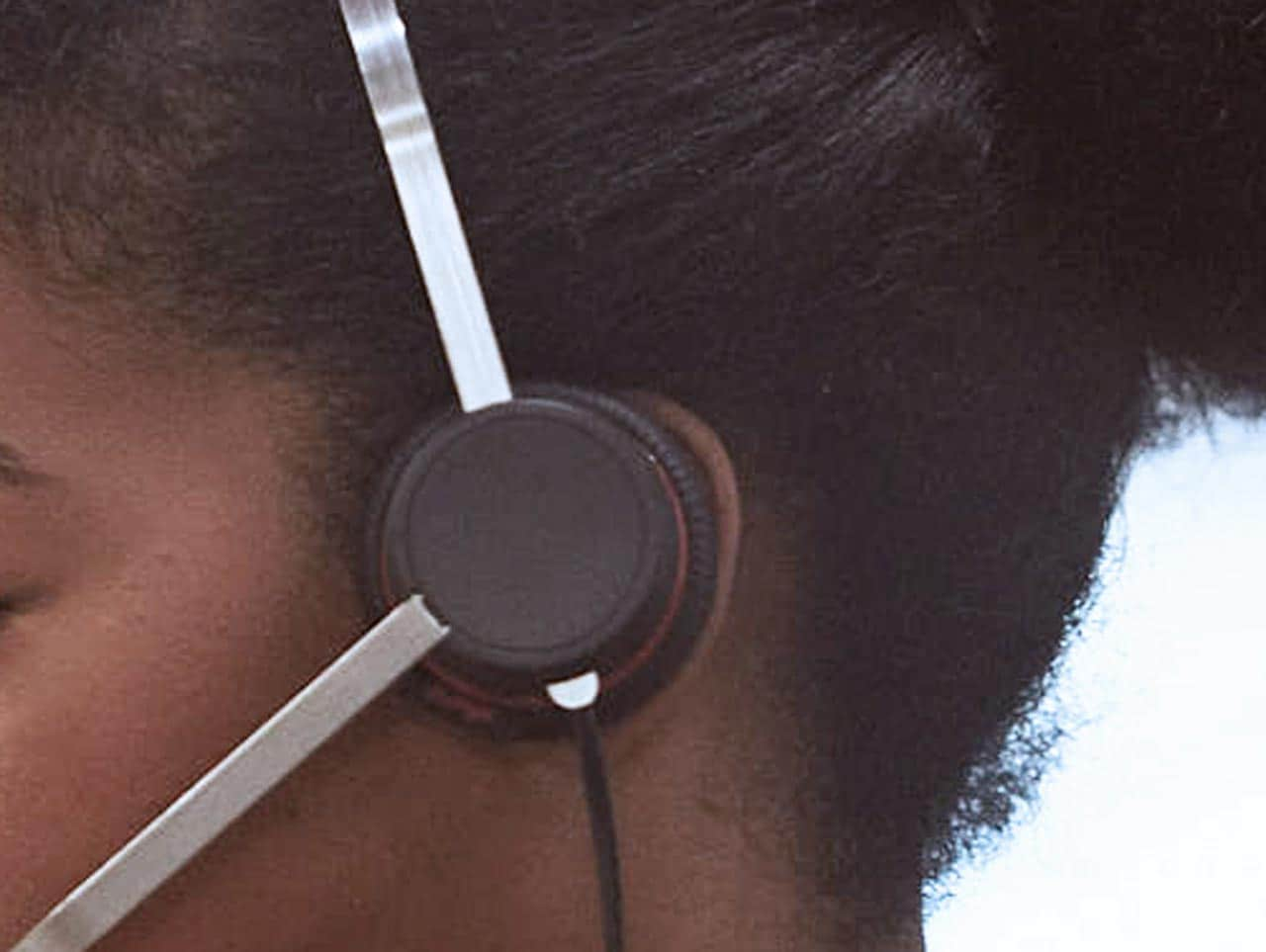Healthcare

Challenges
-
Pressure to modernize an antiquated system
-
Improve the patient experience
-
Reduce abandoned call rates
-
Handle large volumes of calls cost-effectively
Value Created
-
SNEC’s contact center connects most callers with an agent in 25-35 seconds
-
SNEC easily adjusts call routing on the fly to maintain service levels
-
Stable solution that handles 20,000 incoming calls a month
-
Extensive interactive voice response system drives down call handling costs
-
Abandoned call rates now significantly lower
Sharper Focus on Patients for Singapore National Eye Centre
Leading eye care provider transforms its customer service, resulting in reduced waiting times and dropped call rates with Avaya Contact Center Solutions.
Singapore National Eye Centre (SNEC), the country’s leading provider of specialised ophthalmological services, appreciates the importance of being able to respond quickly and accurately to patient inquiries of all kinds – from making a routine appointment for a check up to a medical emergency.
As part of its commitment to delivering the highest quality patient care, SNEC wanted a telecommunications solution that would allow patients all over the island to dial a single number and immediately obtain the information they require, without delay, and without the frustration of being put on hold or routed to voicemail.
As a result, in 2015 SNEC embarked on a project to install an Integrated Appointment and Contact Center (IACC) solution, with the goal of improving its dropped call rates and providing a better quality patient call response.
“Manpower challenges meant that taking on more call center agents was not an option. That’s why we felt we needed a technology solution,” explained Ms Charity Wai, SNEC Chief Operating Officer.
SNEC has also been able to automate 13% of its incoming calls, thus freeing up agents to perform other, more productive and value added tasks. At the same time, dropped call rates have performed extremely well from the benchmark of 5% to 3%
Improving the Patient Experience
SNEC currently manages 300,000 outpatient visits, 27,000 major eye surgeries and 8,000 laser procedures annually.
In a typical month, with its phone lines open for nine hours a day, SNEC’s call center processes some 20,000 calls. Given those volumes, attempting to achieve its ultimate goal of a call abandon rate below 5% or less is challenging. However, thanks to our IACC solution, SNEC can now match patients with appropriately skilled agents more rapidly.
At the same time, calls from patients with routine requests or inquiries (such as cancelling appointments or checking clinic operating hours) can be handled more quickly and efficiently via automation.
Boosting Productivity
SNEC’s contact center solution is an extension of its communications solutions. It provides not only essential skills-based routing, but also call recording features that help SNEC serve patients more effectively.
“Since adopting the voice automation functionality, we can more easily gauge the type of service that patients need, and match them with the right agent ” said Ms Wai. “SNEC has also been able to automate around 13% of its incoming calls, thus freeing up agents to perform other, more productive and value added tasks. At the same time, dropped call rates have performed extremely well from the benchmark of 5% to 3%.”
As they are recording both inbound and outbound calls, SNEC also now has a valuable bank of recordings for quality monitoring, training and compliance.

Manpower challenges meant that taking on more call center agents was not an option. That’s why we felt we needed a technology solution.
Responding to Changes Swiftly and Efficiently
SNEC is now set up to accommodate its major call types: new appointments, prescriptions, general inquiries and surgery. Callers also have a Chinese-language option.
Patients dial the call center line and then choose the required option from an automated menu, which results in a self-service menu or routing to the best available agent. Screen pops alert the agent to the patient’s need before they answer the call, reducing conversation times.
Since cutover, an increasing number of incoming calls are transferred from the self-service menu directly without an agent handling the call first. As call volumes shift, SNEC can also make changes on the fly, shifting more agents to setting appointments should the need arise.
Adopting Economies of Scale
SNEC is part of Singapore Health Services (SingHealth), the largest healthcare group in Singapore, with three hospitals, five national specialty centers, a community hospital and nine polyclinics spread across the island.
SNEC adopted the IACC as part of a wider scheme to centralise scheduling departments across the entire health cluster. Whereas in the past, the group’s members each managed their own contact center and processes for booking appointments, Avaya’s solution has helped the institutions in SingHealth to come together to improve efficiency, access to services and patient satisfaction.
“By tackling the challenge of improving dropped call rates and call center efficiency as a group, we had the opportunity to capitalise on economies of scale,” Ms Wai explained. Within two months of implementation, the number of outstanding calls fell by 15% across the group as patients were redirected to Avaya’s self-service platform, significantly improving the customer experience.
Fit for the Future
While plans for the future are constantly reviewed, one thing remains certain: the role of the Avaya integrated appointment and contact center. “Adopting the IACC solution has been transformational for us,” concludes Ms Wai. “It’s helping us deliver an improved experience to patients and staff at the end of the day, there’s nothing more important than that.


About the Singapore National Eye Centre
SNEC is the designated national provider of specialised ophthalmological services in Singapore, with an emphasis on quality service, education and research.
Related Success Stories

Healthcare
Healthplex Leverages Avaya Aura for Contact Center Management Capabilities

Resources
Services & Support
© 2025 Avaya LLC

